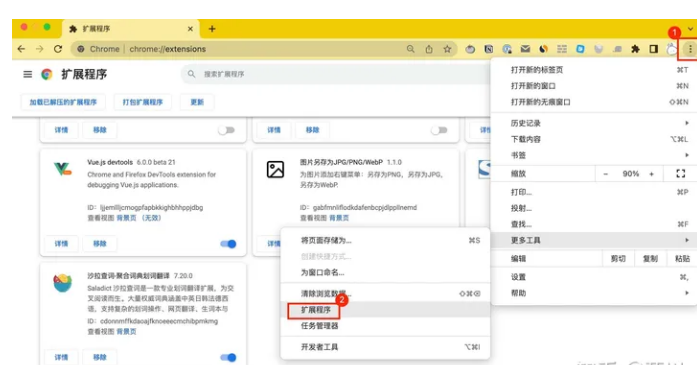
学习下Vue3变量:分享定义全局变量的方式。
1、main.js 设置全局变量。
import { createApp } from 'vue'
import App from './App.vue'
const app = createApp(App);
/** 定义一个函数,用于对象链式取值 */
const getObjChainingVal = (obj, keyName) => {
// ...
return tempObj
}
app.config.globalProperties.getObjChainingVal = getObjChainingVal;
/**定义变量$website,并赋值为devcursor**/
app.config.globalProperties.$website = 'devcursor';在其他页面使用的时候
(1)在模板中使用:
<template>
<div>
作者:{{ getObjChainingVal(data, 'user.info.name') }}
<div>{{ $website }}</div>
</div>
</template>(2)在语法糖<script setup>里使用:
<script setup>
import { getCurrentInstance } from 'vue'
const app = getCurrentInstance()
const website = app.appContext.config.globalProperties.$website
console.log(website)
// 或者
const { proxy } = getCurrentInstance()
console.log(proxy.$website)
// 使用解构赋值
const { $web } = getCurrentInstance()!.appContext.config.globalProperties
console.log($web)
/**注意!getCurrentInstance()不能在回调函数、方法里使用**/
//若要访问全局变量,需在函数外面调用getCurrentInstance()
const { proxy } = getCurrentInstance()
//或者
const name = getCurrentInstance().proxy.$website;
const getUserInfo=()=>{
console.log(proxy.$website);
console.log(name);
}
</script>(3)组件实例中使用
<script>
export default {
mounted() {
console.log(this.$website) // 'devcursor'
}
}
</script>2、使用provide定义变量、inject获取变量
(1)父组件使用provide定义变量
import {provide} from "vue";
const data='hello Word';
provide('data',data);(2)子组件通过inject获取变量
import {inject} from "vue";
const data=inject('data');
console.log(data,'555555555555555555555'); //输出为:hello Word附:定义全局函数Vue2 和 Vue3 的区别
由于 Vue3 没有 Prototype 属性,所以需要在 main.ts 文件里使用 app.config.globalProperties 去定义全局函数和变量
Vue2:
// 之前 (Vue 2.x)
Vue.prototype.$http = () => {}
Vue3:
// 之后 (Vue 3.x)
const app = createApp({})
app.config.globalProperties.$http = () => {}
定义一个全局变量,示例如下:
app.config.globalProperties.$env = "dev";在 Vue3 移除了过滤器,定义一个全局函数代替 Filters,示例如下:
app.config.globalProperties.$filters = {
format<T extends any>(str: T): string {
return `衔蝉-${str}`;
}
}大家可以试试。




网友评论文明上网理性发言 已有0人参与
发表评论: